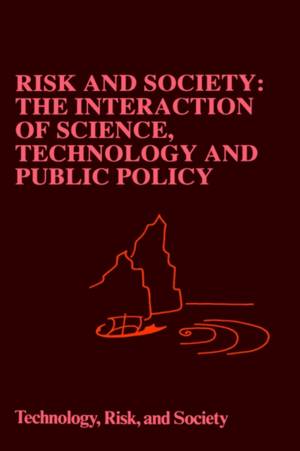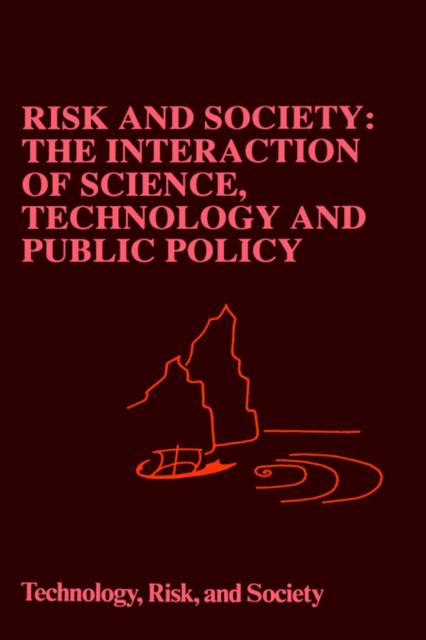
- Afhalen na 1 uur in een winkel met voorraad
- Gratis thuislevering in België vanaf € 30
- Ruim aanbod met 7 miljoen producten
- Afhalen na 1 uur in een winkel met voorraad
- Gratis thuislevering in België vanaf € 30
- Ruim aanbod met 7 miljoen producten
Zoeken
Risk and Society: The Interaction of Science, Technology and Public Policy
€ 209,95
+ 419 punten
Omschrijving
Life in the last quarter of the twentieth century presents a baffling array of complex issues. The benefits of technology are arrayed against the risks and hazards of those same technological marvels (frequently, though not always, arising as side effects or by-products). This confrontation poses very difficult choices for individuals as well as for those charged with making public policy. Some of the most challenging of these issues result because of the ability of technological innovation and deployment to outpace the capacity of institutions to assess and evaluate implications. In many areas, the rate of technological advance has now far outstripped the capabilities of institutional monitoring and control. While there are many instances in which technological advance occurs without adverse consequences (and in fact, yields tremendous benefits), frequently the advent of a major innovation brings a wide array of unforeseen and (to some) undesirable effects. This problem is exacerbated as the interval between the initial development of a technology and its deployment is shortened, since the opportunity for cautious appraisal is decreased.
Specificaties
Betrokkenen
- Uitgeverij:
Inhoud
- Aantal bladzijden:
- 179
- Taal:
- Engels
- Reeks:
- Reeksnummer:
- nr. 6
Eigenschappen
- Productcode (EAN):
- 9780792313700
- Verschijningsdatum:
- 31/12/1991
- Uitvoering:
- Hardcover
- Formaat:
- Genaaid
- Afmetingen:
- 156 mm x 234 mm
- Gewicht:
- 462 g

Alleen bij Standaard Boekhandel
+ 419 punten op je klantenkaart van Standaard Boekhandel
Beoordelingen
We publiceren alleen reviews die voldoen aan de voorwaarden voor reviews. Bekijk onze voorwaarden voor reviews.










